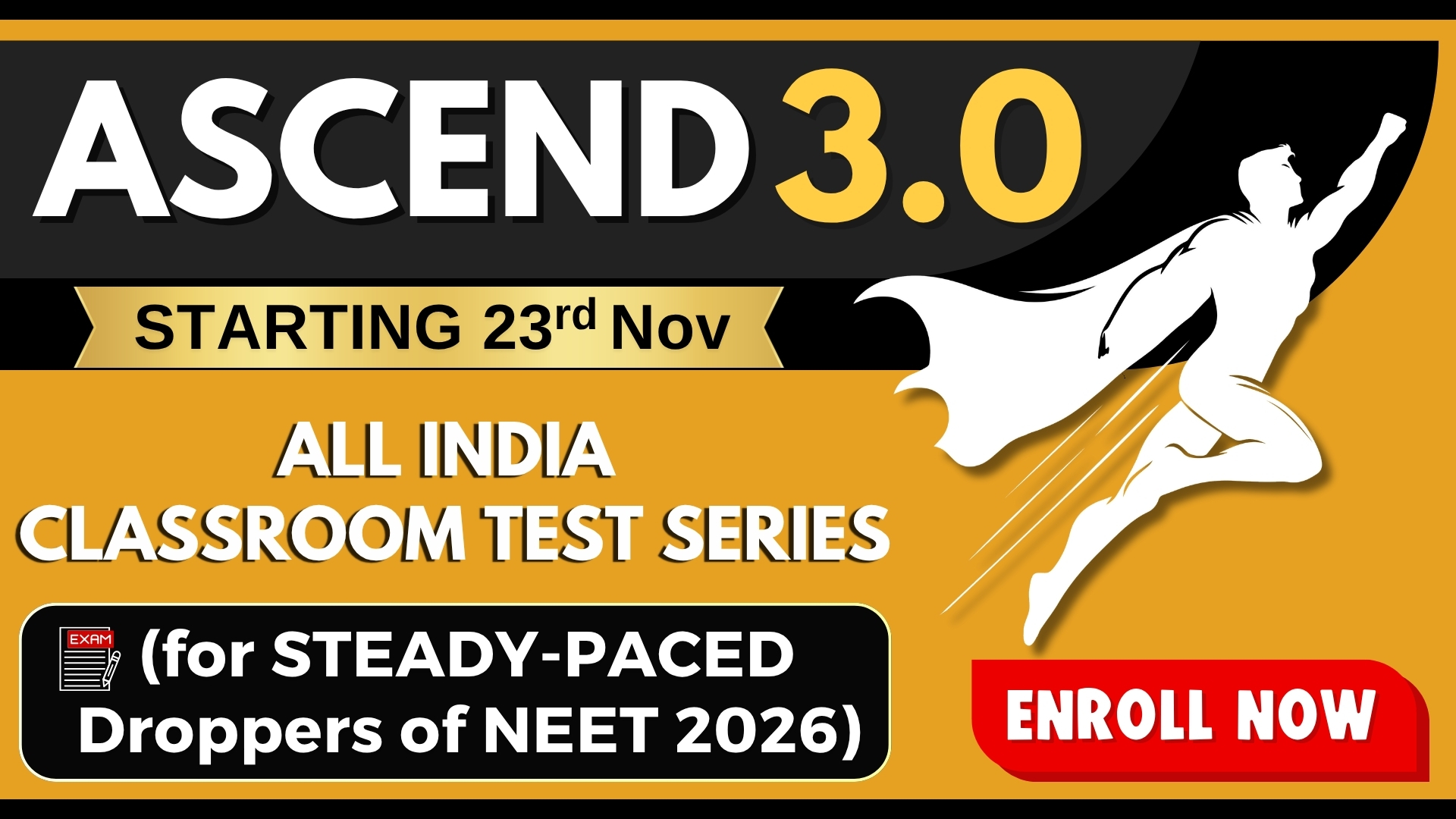Which stage of the Calvin Cycle utilizes ATP?
1. Carboxylation
2. Reduction
3. Regeneration
4. Both 2 and 3
Compared to retinal, chlorophyll can be described as a pigment that has a
| 1. | narrow absorption range but high efficiency |
| 2. | narrow apsorption range but low efficiency |
| 3. | wide absorption range but high effeciency |
| 4. | wide absorption range but low efficiency |
Consider the situation where photosynthesis is going on at a steady pace in a typical experiment with a light on, and carbon dioxide is being combined with ribulose-bisphosphate (RuBP) to produce 3-phosphoglycerate (3PG). Then suddenly the source of carbon dioxide is eliminated. What changes in the concentrations of 3PG and RuBP would occur?
| 1. | 3PG levels rise, RuBP levels fall. |
| 2. | 3PG levels fall, RuBP levels rise. |
| 3. | 3PG levels rise, RuBP levels rise. |
| 4. | 3PG levels fall, RuBP levels fall. |
Identify the statement that is true for C4 plants but not for C3 plants?
| 1. | Initially fix carbon dioxide in mesophyll cells as 4-carbon long compounds. |
| 2. | Initially fix carbon dioxide in bundle sheath cells as 3-carbon long compounds. |
| 3. | Initially fix carbon dioxide in mesophyll cells as 3-carbon long compounds. |
| 4. | Initially fix carbon dioxide in bundle sheath cells as 4-carbon long compounds. |
Crops such as tomatoes and bell pepper, allowed to grow in a carbon dioxide rich environment, show higher yields because:
| 1. | They show an increased rate of photosynthesis at higher carbon dioxide concentrations. |
| 2. | They can respond to high carbon dioxide conditions even in low light conditions. |
| 3. | They show C4 pathway for carbon fixation at high carbon dioxide is the limiting factor in such plants. |
| 4. | Only carbon dioxide is the limiting factor in such plants. |
At about what percentage of the full sunlight does light saturation occurs in photosynthesis?
1. 10
2. 25
3. 70
4. 95
Suppose the interoir of the thylakoids of isolated chloroplasts and then transferred in the dark to a pH 8 solution. What would be likely to happen?
| 1. | The isolated chloroplasts will make ATP |
| 2. | The Clavin cycle will be activated. |
| 3. | The cyclic photophosphorylation will occur |
| 4. | Isolated chloroplasts will generate oxygen gas |
Consider the following two statements:
| I: | Except for plants in shade or in dense forests, light is rarely a limiting factor in nature for photosynthesis. |
| II: | Light saturation occurs at 50% of the full sunlight. |
| 1. | Both statements are correct and II explains I |
| 2. | Both statements are incorrect |
| 3. | I is correct and II is incorrect |
| 4. | I is incorrect and II is correct |
For assimilation of one CO2 molecule via photosynthesis, the energy required in form of ATP and NADPH2 are:
(1) 2 ATP and 2 NADPH2
(2) 5 ATP and 3 NADPH2
(3) 3 ATP and 2 NADPH2
(4) 18 ATP and 12 NADPH2.
Phosphoenol pyruvate (PEP) is the primary CO2 acceptor in
(1) C3 -plants
(2) C4 -plants
(3) C2 -plants
(4) C3 and C4 -plants






